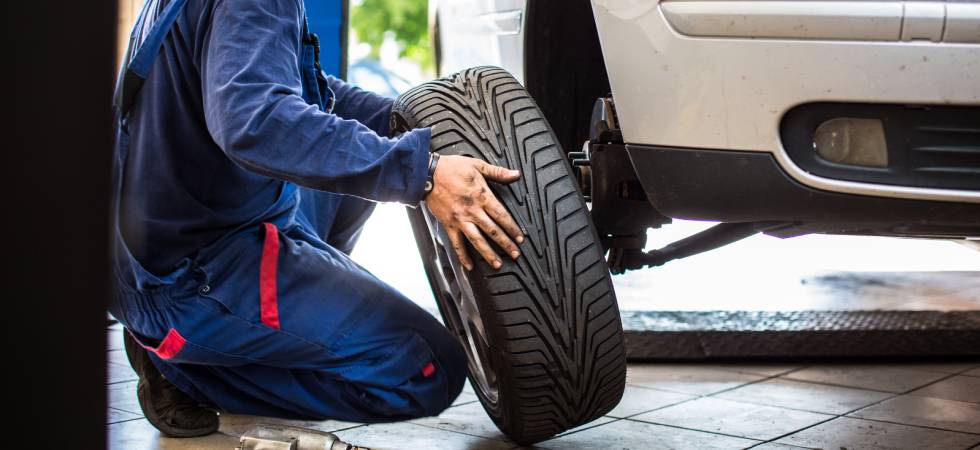The Top 4 Myths About Taking Care of Your Tires

Tires seem like a simple part of your car that doesn’t need much attention, but that is not the case. Tires need as much maintenance as your engine, brakes, or lights, but there are many myths about them. Let’s separate fact from fiction and review the top five myths about taking care of your tires.
Myth 1: Only Check Tire Pressure When It Looks Low
Many drivers believe they can gauge tire pressure simply by looking at their tires. This visual approach is dangerously misleading. Tires can lose a quarter of their air before the problem is visible, so check your tires with a reliable gauge instead of just visually checking.
Look for your vehicle’s recommended pressure on a sticker inside the driver’s door frame or in your owner’s manual. Check pressure when tires are cold, as driving heats the air inside and gives false readings.
Myth 2: All Tires Wear Out at the Same Rate
Even if you bought all four tires simultaneously, you probably won’t have to replace them at the same time, like this myth suggests. Your driving habits, vehicle alignment, and tire rotation schedule significantly impact wear patterns. Front tires wear faster than rear ones, and without regular rotations, they might need to be replaced two at a time, but usually not all four.
Tires usually start to wear out around 20,000 miles, so that is when you need to ensure that they look good and don’t need replacements. This timing would also be a great opportunity to look at any warranties you have on the tires to see how much mileage they cover. It’s just one thing to check when you are looking for reliable tire warranties.
Myth 3: Premium Tires Are Always Worth the Cost
While premium tires often offer superior performance, they’re not always the best choice for every driver. Your driving habits, local climate, and budget should guide your tire selection.
Choosing tires should be based on your specific needs, not the price tag attached to the tire. Consider your annual mileage, driving conditions, and safety priorities when making your decision; that way, you can focus on your needs instead of the cost.
Myth 4: Tire Age Doesn’t Matter if the Tread Looks Good
Rubber deteriorates over time regardless of mileage, so you can’t just trust the tread’s appearance. Even tires with excellent tread can become unsafe due to age-related degradation of the rubber compounds.
Your tires will have a code on the sidewall that tells you their age; this is how you can confirm their age. You should always replace tires that are older than six years, regardless of whether the tread appears adequate.
Take Control of Your Tire Health
Understanding these tire care myths helps you make informed decisions that improve safety and save money. Regular pressure checks, timely rotations, appropriate replacement timing, and age awareness can extend your tire life significantly. Next time you need tire care, make sure you know fact from fiction and don’t fall for the myths that can leave you without good tires.
